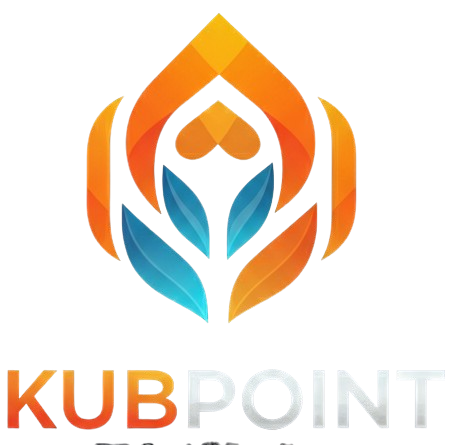Understanding Python’s Appeal
Python has become a top choice among learners everywhere. It shows up in school classes, online forums, and even personal projects. But what is the reason behind its growing popularity? Many people notice that it is easy to read and simple to work with. This makes it perfect for beginners who want to create new programs without getting lost in complicated code.
For some, learning Python can feel like a big commitment. They may worry about balancing projects and homework. They often look for resources that offer extra support. They might try writing services for students when time is short. But at the core of it all, Python remains a go-to choice because it has a friendly structure that feels less scary than other programming languages.
So, how does Python help with different school assignments? And why do instructors keep recommending it? Let’s take a deeper look.
Why Python Is a Good Fit for Academic Projects
Many schools have started using Python in their computer classes. The language requires fewer lines of code to get results. This shorter syntax is helpful for students who might be new to programming. They can see immediate feedback from small projects, which often fuels more interest.
It’s also a language that supports different areas of study. Whether someone is focusing on math, science, or art, Python has tools that fit a wide range of activities. This flexibility is one reason teachers prefer it. Students can link Python to real-world problems, like data analysis or game design. Because of this versatility, the language meets different academic needs quite well.
But there’s more. Python’s community is another major advantage. Beginners, experts, and hobbyists share their tips online. That sense of support helps keep students on track.
Key Learning Features of Python
• Simple Syntax: Python’s code looks like everyday English. Learners find this comforting. They do not get lost in a tangle of confusing symbols.
• Readability: The spacing and layout make programs look clean. That helps when tracking down errors or organizing ideas.
• Wide Library Support: Python comes with several libraries. These are like extra tools that do common tasks so students don’t have to build from scratch. Think of libraries for data visualization or building websites.
• Free and Open Source: Students can download Python without cost. Even the libraries are mostly free, which is good for people on a tight budget.
Thanks to these features, newcomers can start coding quickly. They often feel less stressed while picking up new concepts.
Real-World Examples
How does Python show up beyond the classroom? Companies that focus on social media, finance, and entertainment rely on Python for certain tasks. This gives learners a concrete sense of how their new skills might translate into the workplace. They see the value in building portfolios and showing off real projects.
For instance, data analysts use Python to sift through large sets of numbers. They might track trends or study consumer behavior. In web development, Python frameworks like Django or Flask help create websites of various sizes. Game creators might code smaller apps to practice logic and design.
When students notice these real-world connections, they feel more driven. They also get ideas for creative projects that link back to what they learn in class. That helps maintain interest and promotes hands-on learning.
Overcoming Common Challenges
Even though Python is simpler than many other languages, students might still face obstacles. Sometimes, errors in code can be hard to spot. They might involve small details like spelling. Other times, students may feel overwhelmed by more advanced topics, such as object-oriented programming or working with larger projects.
How can people move past these common roadblocks? They can start by breaking big tasks into smaller steps. This helps with handling the code’s complexity. They can also rely on the strong Python community found on various forums or social media groups. Discussions and shared experiences guide beginners through puzzling errors.
In many schools, instructors schedule group work to help classmates learn from each other. Pair programming, where two learners tackle the same code, is also a solid method. These approaches reduce stress and strengthen problem-solving abilities.
Opportunities After Learning Python
Once a student becomes comfortable with Python, a range of doors open. They might assist a professor with a research project, using Python for data collection. Or they could land an internship at a local tech startup. As technology keeps evolving, Python remains at the center of many new developments, like machine learning or artificial intelligence.
People in non-programming majors also find Python useful. Fields like psychology or sociology can benefit from quick scripts to analyze survey responses. Creative majors might explore Python-based visual art or interactive stories. The language’s broad appeal shows up in many corners of academic life.
It’s not just about coding jobs, either. Python teaches logical thinking. It provides a basic understanding of how computers work. That knowledge becomes a lifelong asset. Students can carry these skills into future careers, whether in technology or a completely different field.
Conclusion
Learning Python can be an important milestone for students. It balances simple code structure with the power to solve real problems. Schools support its use because it offers a strong foundation for further technology studies. At the same time, it’s versatile enough to fit creative projects and research tasks. But the best part might be the community that gathers around Python, making it easier to find help or resources.
It seems Python is here to stay. Many learners pick it up and discover they can do interesting, practical projects. In the end, that sense of discovery often pushes them to explore even more advanced topics. Where will it lead next?

